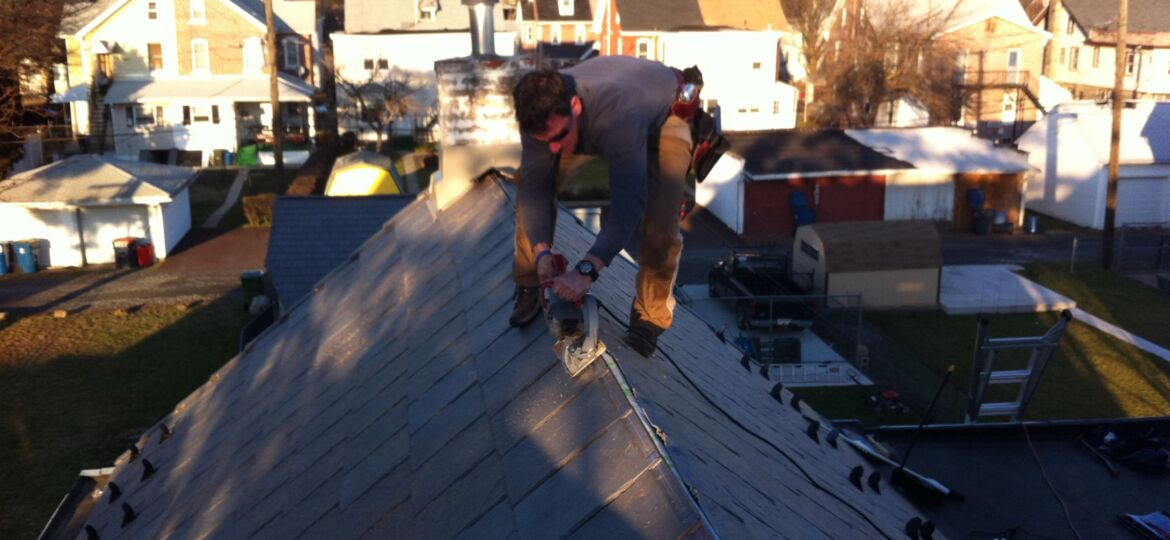
There’s more to the Before and After-Shock story—everything from customer service to insulation details, that I think are worth going into for old house owners and contractors. So here’s a recap of the story and some new thoughts.
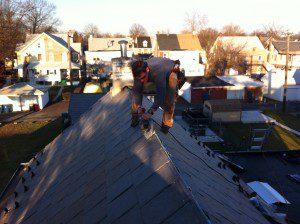


Recap. After installing a new roof on an old house the homeowner called me. After mondo-moist weather his attic was not only wet but that it was–I’m not making this up–fuzzy with mold growth. The entire roof deck—green. Gags-ville.
I’ve installed enough roofs to know that this kind of moisture was something other than a leak, but beyond that, I had no idea. None.
What’s more, the roof installation was the before-and-after moment. The attic went from not-fuzzy to fuzzy. The bottom of the roof deck was soaking wet, the nails that protruded into the space were rusting. Then other things started happening. All roads lead to the roof. But how could that be?
Like any good sleuth, I cried first because this was going to cost me big time. I then started thinking rationally. Somebody had to know the answer. So let’s start with the obvious:
Venting and Cladding. The cross-gable attic roof on the 130 year old house has always been vented by five 24×24 inch gable windows. The underside of the 1-by roof deck is uninsulated. The previous roof system was a double layer of 3-tab asphalt shingles over 15 pound paper.
The first suspect was that the new products we used were, to put it in the homeowner’s phrase, creating a “terrarium effect.” In other words it wasn’t so much that they were leaking from the outside but trapping moisture on the inside. Since it already had five windows in it, my question was “What moisture? Did you install a lap pool in the bedroom below?”
Terrarium Effect. Skipping ahead to the punchline, he was right, but the reasons we had at the time simply defied common sense. So I kept looking for another answer which included ripping the valleys apart in case there was something out of the ordinary. Note: valley was a dry as the blue chalk lines we found undisturbed beneath the cladding. OK, good: not a cladding problem.
The he called again: closets on the East wall of his house were soaked.
Experts. By this time I had called the Grace (TriFlex Extreme underlayment manufacturer,) Bellaforte Slate (roof cladding manufacturer,) and Sunrise Solar (a solar vent fan manufacturer) just to get their thoughts/damand answers. They all asked me the same kinds of questions: is there a new HVAC system in the house? NO. Is the attic vented? YES. Is someone venting a bathroom or kitchen into the attic that wasn’t there before? NO. Has the house been insulated? NO, but…
All the answers were no. In fact, an exhaust vent had been routed OUT of the attic during the roof project. However, “insulated” was the key word.
The homeowner had installed new replacement windows the season before I installed the roof. What’s more, the previous winter, he kept the house a cool (and frugal) 65-ish degrees—particularly in the upstairs area. At the same time, he had added baseboard heat to the second floor rental unit, which had not been used as the unit was unoccupied.
Fast forward to the present day. Heating season starts and the new windows are retaining more heat inside the building envelope than at any other time in the home’s history. The homeowner turned up the heat—a non-circulating old-school radiator system—to the upper floor because the rental unit was rented, now closer to 70 degrees. The the renters moved in and turned on the baseboard heat adding more heat to the envelope.
Moisture Profile. So what happened? Long story short, the home’s upgrades changed what we call its “moisture profile.” Heat that had once escaped and air that had once been exchanged were no longer traveling 130 year old routes. Instead, it had found a new way out. Air molecules that had once leaked and circulated from the occupied portions of the house were now migrating with just enough increased moisture in them (a warm air molecule holds more moisture than a cool one) through the barely insulated attic floor joist system and through the access hatch into the attic. Upon hitting the cool air in the attic—boom—moisture is formed.
The simple answer was the most obvious: a ridge vent which we installed in about half a day.
Not-So-Obvious Solutions. This is a rare occurrence as it took lots of experts to figure it out. It doesn’t happen every day—on this scale. But it happens, every day: just invisibly. Even with new windows, the old house is still losing conditioned air and the answer is upgrading the attic’s insulation, which can be done any number of ways. Since it is a storage space and the floor is walked on—and there is a tight budget—I would skin the floor with 2-inch rigid foam insulating panels. I’d fasten them to the floor (except at the top-stair area of the attic hatch so the last step is the same rise as all the others) with 3 inch drywall screws and fender washers. This is a DIY-friendly job and you can do it in small batches as time and budget permit. It’ll slow or stop air migrating through and create a thermal break that’ll ultimately start paying back.
If I were working with a Mike Holmes-ish budget, I’d spray foam the underside of the roof deck.
Same Issue, Other Problems. The closet problem mentioned above was what script writers call a “red herring”” something that looks like a clue but really isn’t. It had little to do with either the moisture profile and more to do with the restriction of conditioned air. The tenants of the apartment, tight on space, filled the closets with clothes and bedding. To “conserve:” heat, they put towels under the door. This created a very cold exterior wall. Somewhere in the middle of all their stuff the same thing that happened in the attic—warm air meeting cold to form moisture—happened in their clothes and extra blankets. Allowing the closets to be conditioned cured the problem.
Customer Service. Finally, as the contractor on this project, I felt compelled to solve the problem, even though it wasn’t my fault. So, for contractors working on old houses, there is a lesson here that it’s worth mentioning to the homeowner that insulation upgrades in one place can certainly effect other areas of the house—even if it’s an invisible change.
As with many condensation problems, ventilation was the key here. And if that were my house I would insulate the attic. Now that I know how much air is moving up there, I can practically see money flying out the ridge vent.
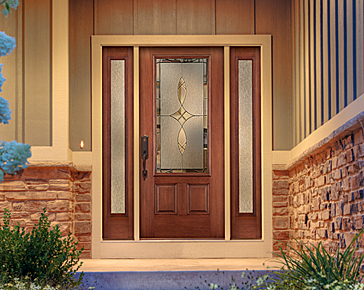
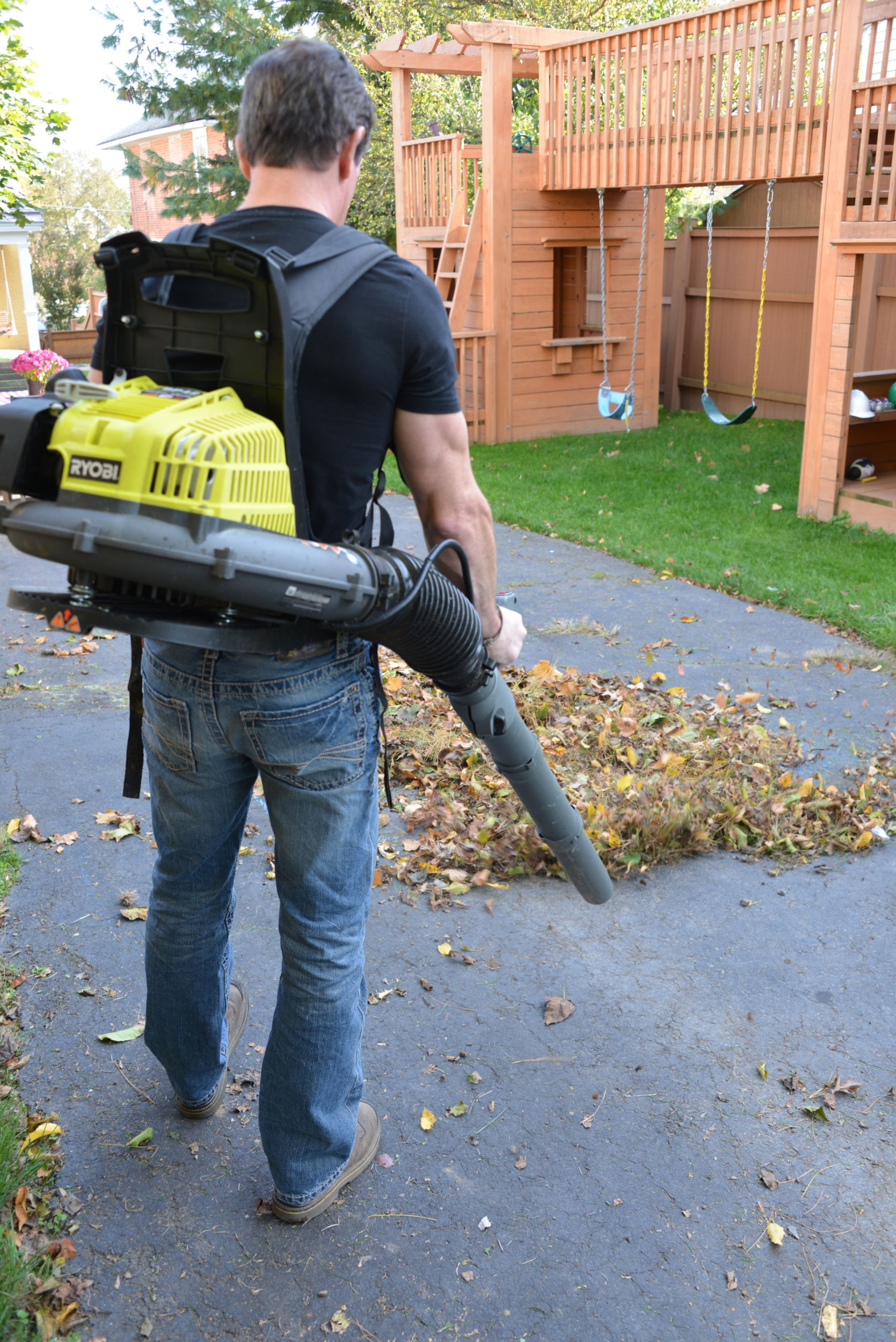



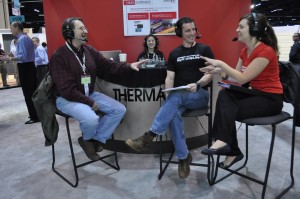

I Applaud you, You Could have said “the roof isn’t leaking” and walked away , instead you solved the problem.
all too often contractors bite the bullet and solve problems that are not really their responsibility. New energy codes have created all sorts of problems where there were none before , the building science guys don’t have all the answers . unfortunately we the contractors must troubleshoot and solve the problem. this is easy when the homeowner cooperates and is willing to spend the money needed to solve the problem but becomes a real problem when they expect us to fix it for free.
Nice post. I like the way you start and then conclude your thoughts. Thanks for this information.